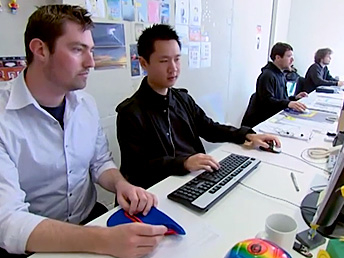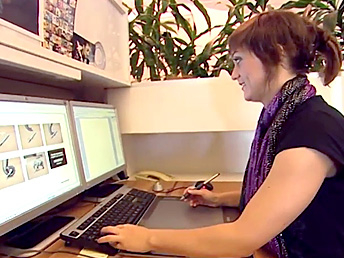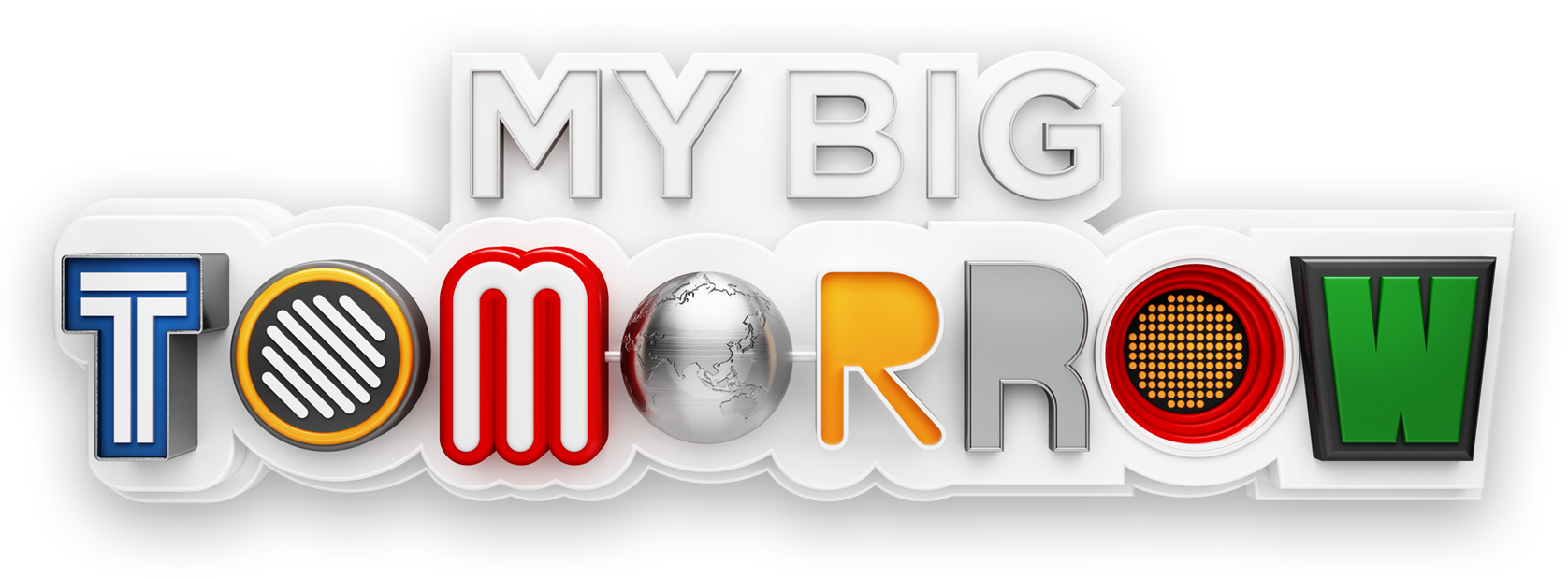
Botanical Illustrator
As a botanical illustrator, your role is to accurately draw all the features of plants to be used for all kinds of different publications or displays. Your sketches will require flawless attention to detail and scientific accuracy to represent the natural environment.
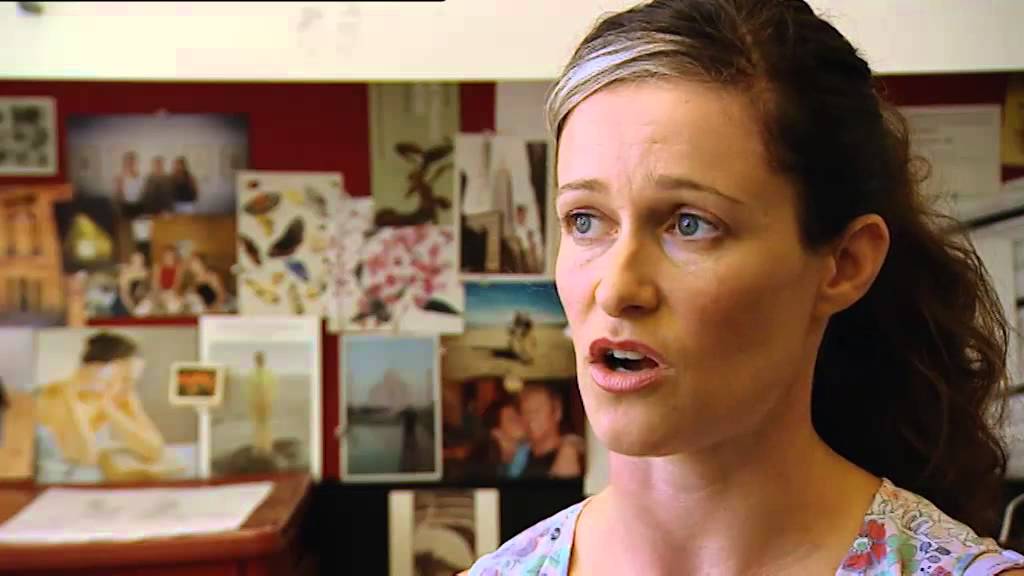

What the job looks like
Salary expectation
starts at $38,678 up to $105,806+

The good
- Looking at the incredible detail in everyday plants around us
- Getting paid to draw
- Learning about different species of plants
- Seeing your work published
The not so good
- Sometimes it can be very fiddly work to do
- Full time work is not always available
Botanical illustrators use their accurate drawing talents to portray plants for scientific purposes. This may be for various reasons such as specimens being too small to mount on slides, recording endagered species or to replicate the natural world around us.
Your work involves reading and researching particular species and a bit of laboratory work such as collecting specimens and viewing them under a microscope to see the fine detail.
You will use maths to help draw images to scale and English skills will be useful for writing descriptions to accompany your drawings.
Freelance illustration positions are availble through places like research facilities, museum and universities. Botanical illustrations are often published in journals or magazines and some organisations like council sometimes use them for pamphlets or signs relevant to environmental issues.
If you love nature, being creative and have a good eye for detail, then a career as a botanical illustrator could be for you.
You know you’re working for something that matters, which is the environment.
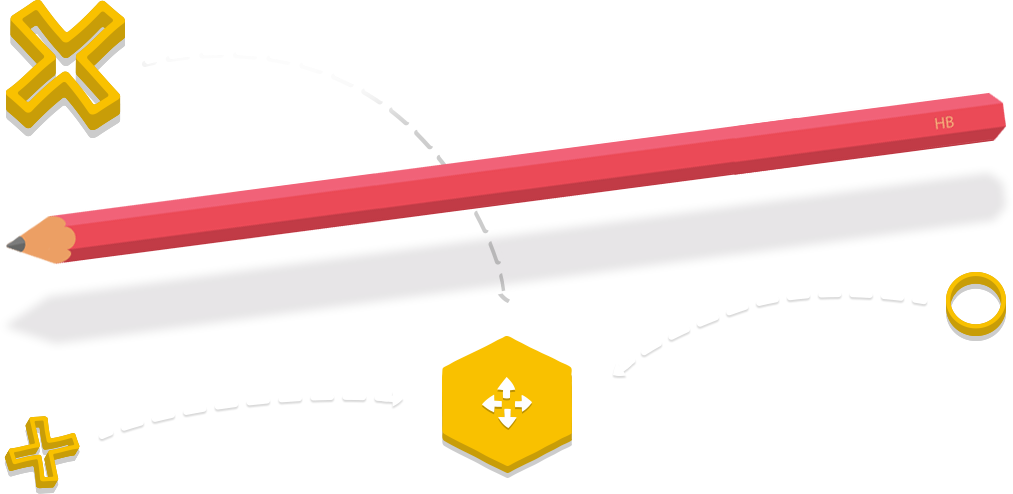
Pathways to this career
Subject suggestions for the HSC
Choosing your HSC subjects from this list could really help with your career. Think carefully about what you want to study after school as you might need to choose specific HSC subjects for that course and to count towards your ATAR (Australian Tertiary Admission Rank). An ATAR is your academic rank in relation to other HSC students and helps with University admission.
HSC subjects
Some subjects will count towards your ATAR, others will not. Check with your career advisor before making subject selections.
- English (Advanced or higher)
- Mathematics (General 2 or higher)
- Visual Art
- Biology
What can I do after I have finished school?
University degrees
Studying one of these degrees can help with your career.
- Bachelor of Natural History Illustration
- Bachelor of Fine Art
Suggestions
Also Check out the Botanical Art Society Australia or Australian National Botanic Gardens for more information
- Follow some of your favourite artists on social media sites
- Take every opportunity you can to draw. Practice by sketching things in your own backyard or take a trip to any local botanical gardens, expanding your subjects to include animals - zoos or local reserves are a fun place to start
- Start touching up on your botanical knowledge by doing an internet search or borrow books from your library. Also talk to your art teacher to find out some more information
- Keep an eye out for competitions run by wetland centres or galleries that you can enter. Prizes or awards are great to add to your resume
- Ask local nurseries or gardens if you can do work experience
- Go to career expos and events like university Open Days for information about what you will study
